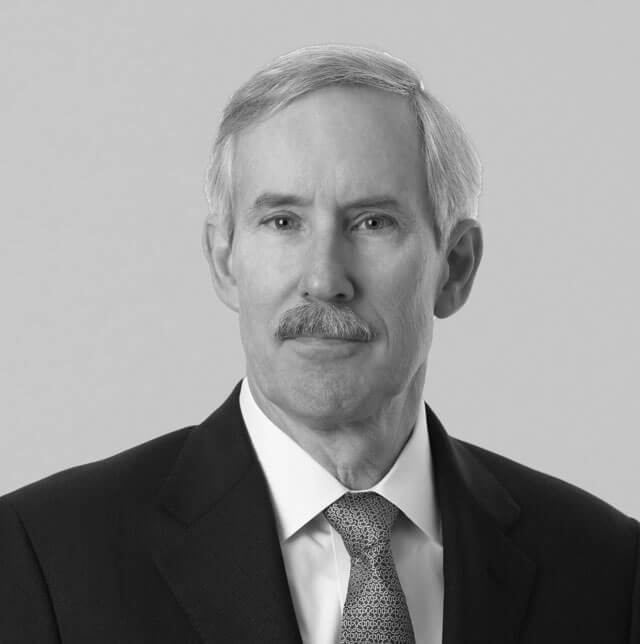LETTER TO SHAREHOLDERS
Over the last several years, our industry has dealt with continued volatility in commodity prices as the global supply/demand balance has adjusted to the U.S. shale industry’s ability to grow production by more than 1 MMBbls/d per year. This resulted in WTI oil prices bottoming out below $30/Bbl in early 2016 before rallying to more than $75/Bbl in late 2018. More recently, oil prices sold off again as the combined effect of waivers on Iran oil sanctions plus OPEC increasing production to offset the expected sanctions resulted in an oversupplied market. While we continue to believe that global industry supply will struggle to keep up with global demand in a mid-$50s oil price environment, and thus that crude oil prices will need to move higher over time, we also believe our portfolio of assets will allow us to thrive even if the current commodity price environment persists.
Last year, we discussed our efforts to streamline our portfolio and focus on our highest-return plays, the Eagle Ford Shale and Delaware Basin. During 2018, we executed on this plan by completing the exit from our non-core plays and adding further scale to our Delaware Basin position through the acquisition of approximately 10,000 net high-quality, bolt-on acres.
In addition to the Eagle Ford Shale and Delaware Basin having the highest returns in our portfolio, we also elected to focus on these two plays due to their operational similarities and geographic proximity. Since we use the same drilling rigs and completion equipment in both plays, we can quickly and easily shift activity between them in response to changes in regional commodity prices, reducing our risk and enhancing our returns over time. During 2018, we did just this as we elected to shift activity from the Delaware Basin to the Eagle Ford Shale in response to significantly-advantaged pricing in the latter.
As we look forward, the next evolution of our strategy is maximizing our corporate return on capital employed (ROCE) while generating steady production growth within cash flow in a mid-$50s oil price environment. In order to achieve this, we’ve focused on driving continued operational efficiencies, and reducing costs throughout our organization. Some of the recent improvements include a 15%-20% increase in effective lateral feet drilled per day and more recently, a 40% increase in stages completed per day.
For 2019, our planned capital program is $525-$575 million, down approximately 35% from the 2018 level. This implies a material improvement in capital efficiency, as we see the financial benefit of the prior items. For the year, our plan is relatively balanced between our two plays, with approximately 60% of the capital earmarked for Eagle Ford Shale and the balance for the Delaware Basin. Based on this level of spending, we expect to grow our production by more than 10% during 2019 and achieve our goal of generating positive free cash flow in the second half of the year.
As we begin to generate free cash flow, our initial plan is to allocate this to debt reduction. We believe this will further improve our competitive position in the market and will allow us to capitalize on future value-adding opportunities regardless of where we are in the commodity price cycle.
In closing, the future is bright for Carrizo. We have a deep inventory of more than 2,000 net potential drilling locations. And as these drilling locations are capable of generating strong returns in even low commodity price environments, we believe we are positioned to deliver prudent production growth, while also generating a top-tier ROCE.

Steven A. Webster
Chairman of the Board


S.P. Johnson, IV
President and CEO
